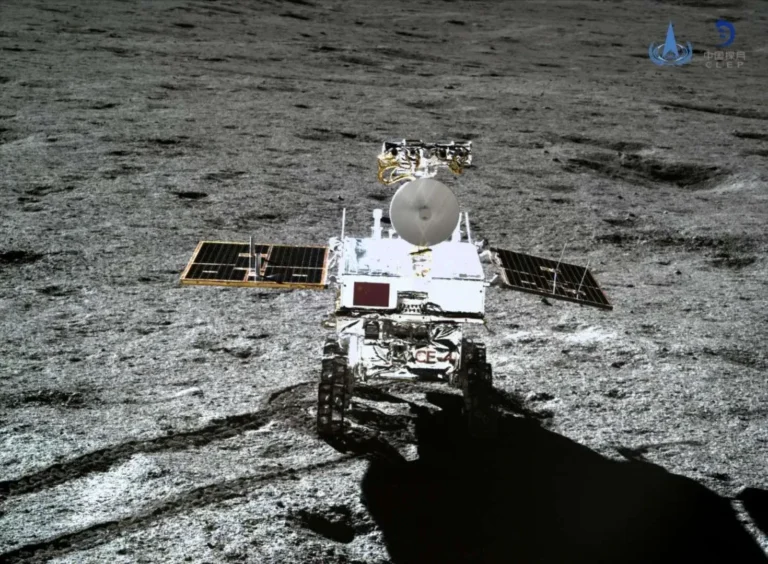Yutu-2 Rover: End of the Road on the Moon?

Yutu-2 Rover: Has China’s Lunar Explorer Reached its Final Destination?
China’s Yutu-2 rover, a pioneering explorer that made history by landing on the far side of the moon, may have reached the end of its journey. Recent images from NASA’s Lunar Reconnaissance Orbiter (LRO) indicate that the rover has been stationary since March 2024, raising questions about its operational status.
- A Groundbreaking Mission to the Lunar Far Side
Launched in late 2018 as part of the Chang’e-4 mission, Yutu-2 touched down in the Von Kármán crater on January 3, 2019.
- Unprecedented Discoveries and Lunar Records
Over its operational lifespan, Yutu-2 has significantly advanced our understanding of the moon. Equipped with a ground-penetrating radar, panoramic camera, and spectrometers, the rover has:
- Uncovered potential mantle material: Providing valuable insights into the moon’s internal composition.
- Analyzed impact ejecta: Shedding light on the formation of the ancient South Pole-Aitken Basin, one of the largest impact craters in the solar system.
- Mapped the lunar subsurface: Revealing the structure and history of the far side’s geological features.
In September 2024, Chinese media reported that Yutu-2 had traversed a total of 1,613 meters, setting a new record for the longest-operating lunar rover.
- Signs of Trouble and a Possible End
Despite its remarkable achievements, Yutu-2’s journey appears to have encountered obstacles. Professor Phil Stooke, an expert in lunar exploration at the University of Western Ontario, has been tracking the rover’s progress using LRO images. He observed a gradual decrease in the rover’s driving distance starting in 2023, culminating in a complete halt in March 2024.
While the exact cause of the immobility remains unknown, several factors could be contributing to the rover’s predicament:
- Harsh lunar environment: Extreme temperatures, radiation, and the abrasive lunar regolith can take a toll on spacecraft components.
- Challenging terrain: Obstacles and difficult terrain may have hampered the rover’s movement.
- Technical issues: Potential malfunctions within the rover itself could be hindering its ability to operate.
- The Legacy of Yutu-2 and the Future of Lunar Exploration
Even if Yutu-2 has reached the end of its operational life, its contributions to lunar science and exploration are undeniable. The mission has paved the way for future endeavors, including the Chang’e-6 sample return mission, which successfully landed on the lunar far side in 2024.
China’s ambitious lunar exploration program continues with plans for the Chang’e-7 and Chang’e-8 missions to the lunar south pole, laying the groundwork for the International Lunar Research Station (ILRS) in the 2030s.
Yutu-2’s journey, though possibly concluded, represents a significant milestone in humanity’s quest to explore the moon and unlock its mysteries. Its legacy will undoubtedly inspire future generations of scientists and explorers.



